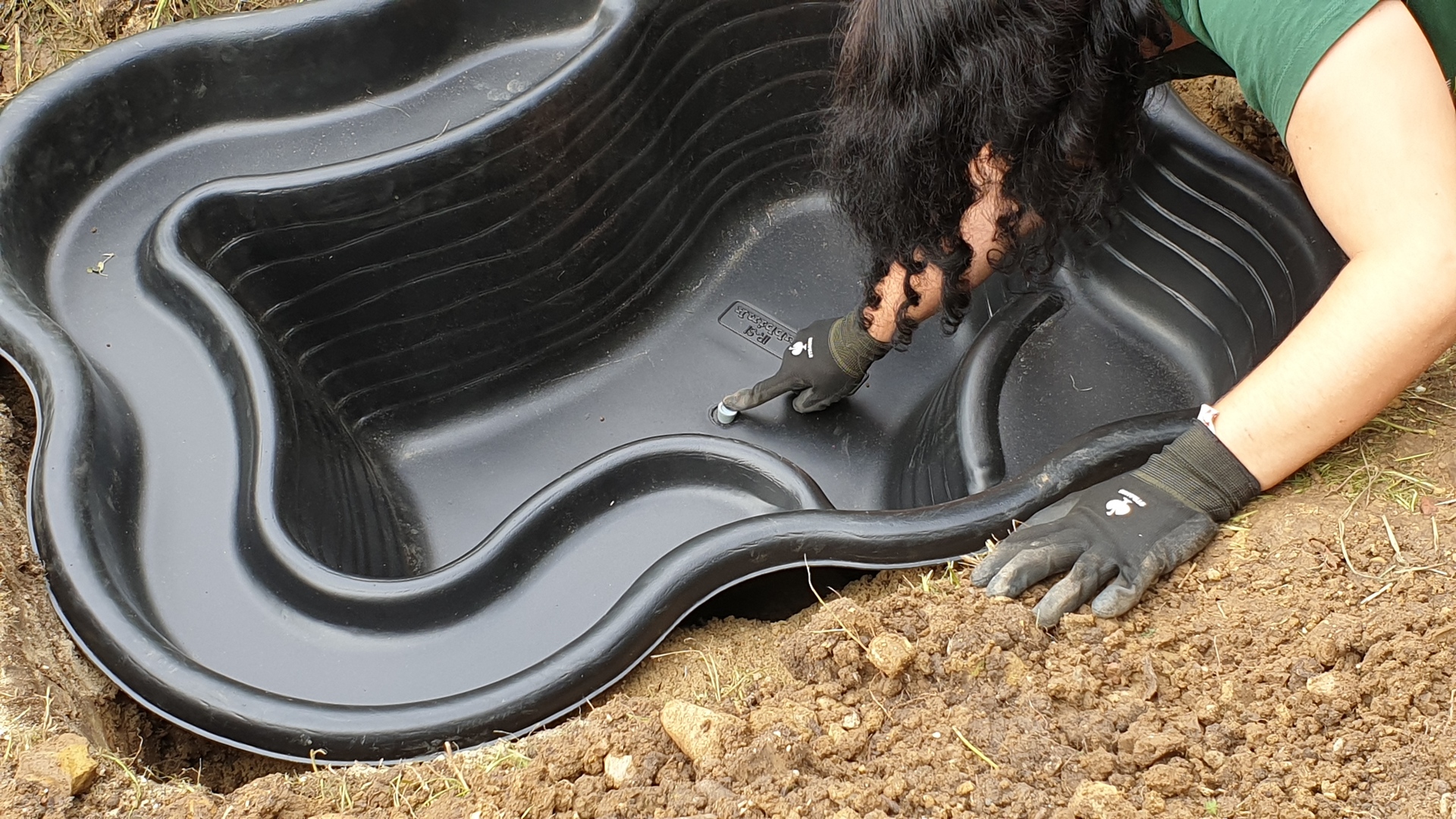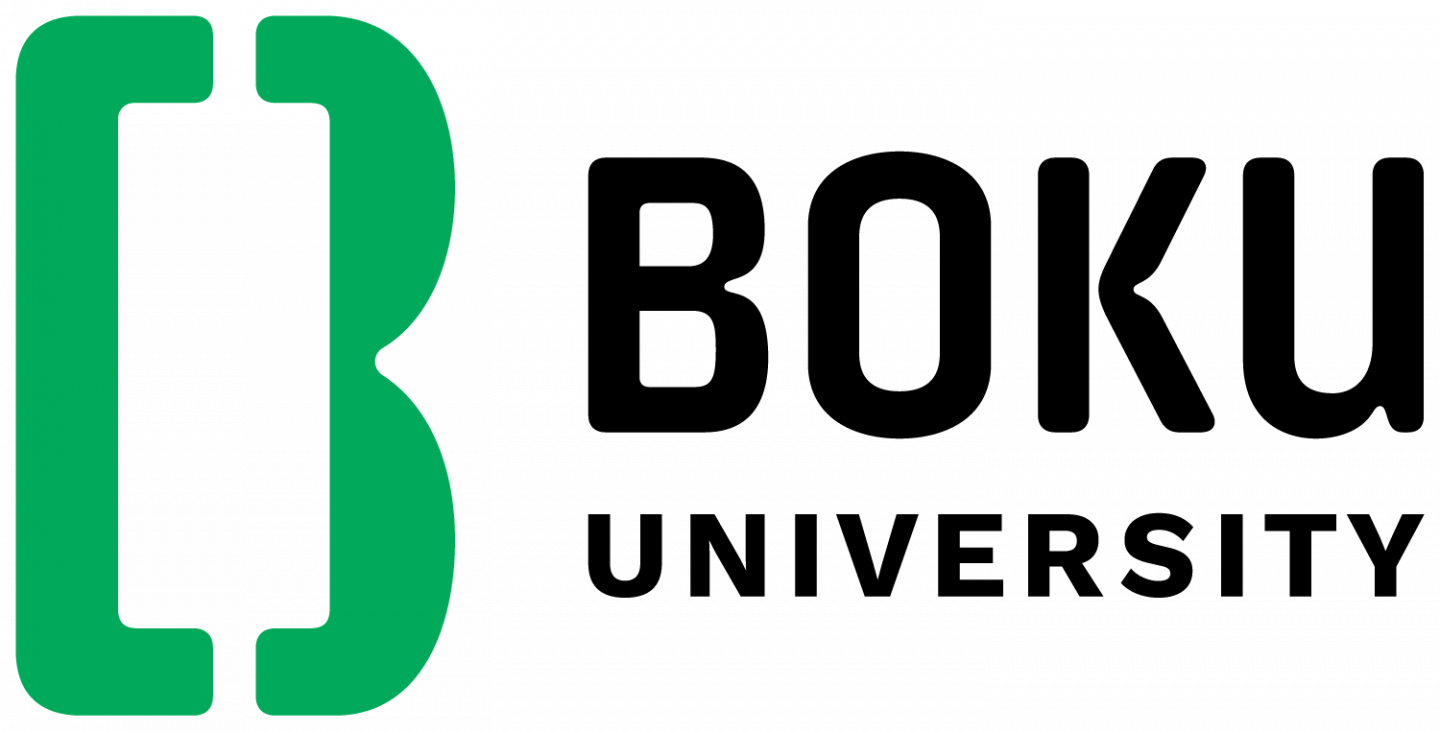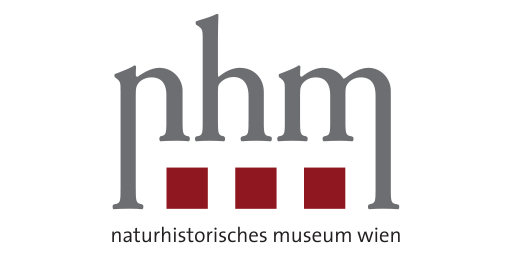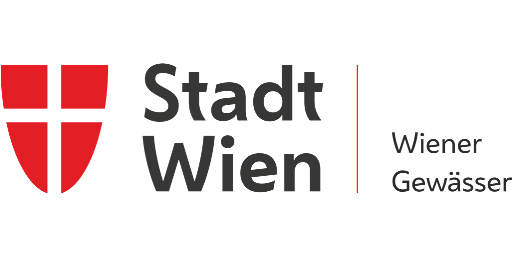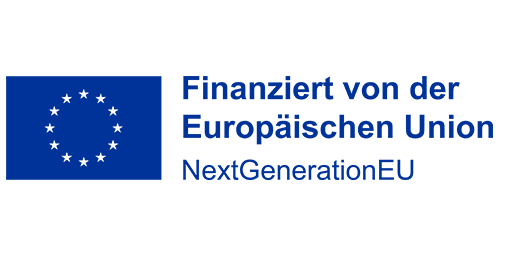The aim of the pond initiative is to create a large number of spawning waters for the Green toad and other pioneer species using small bodies of water. In addition to our target species, the Yellow-bellied toad, the Fire-bellied toad, the Common toad and even the Natterjack toad (threatened with extinction in Austria) could also use such waters, depending on the location and altitude. However, even before amphibians start using them, invertebrate species in particular are expected to colonize the waters, ranging from mosquito larvae to crustaceans, swimming beetles and water bugs. We are monitoring this progressive colonization as closely as possible with the help of scientific expertise. In this way, we create the basis for understanding the overall ecological effects that this form of species protection measure can have depending on the environment.
With our methodology, not only the Green toad can be surveyed, but also other threatened amphibians, as well as the biotic communities that have similar demands for this specific habitat.
Anyone aged 18 or over and resident in Austria was eligible to take part. Further requirements for participation were the availability of an open space on their own property that was suitable for the (permanent) installation of a pond basin. From all the applications received, 300 people from all over Austria were selected to receive a pond package, which was delivered by BOKU employees.
In 2024 and 2025, the citizen scientists are monitoring the ponds for insects and other small animals, every two weeks from March to August, and send the project the data using the project's "AmphiApp".
The pond water is checked using a small scoop net. We explain exactly how the water is checked and sampled in the following explanatory video (in German). A sample of the invertebrates is then physically sent to us.

 DE
DE  EN
EN 